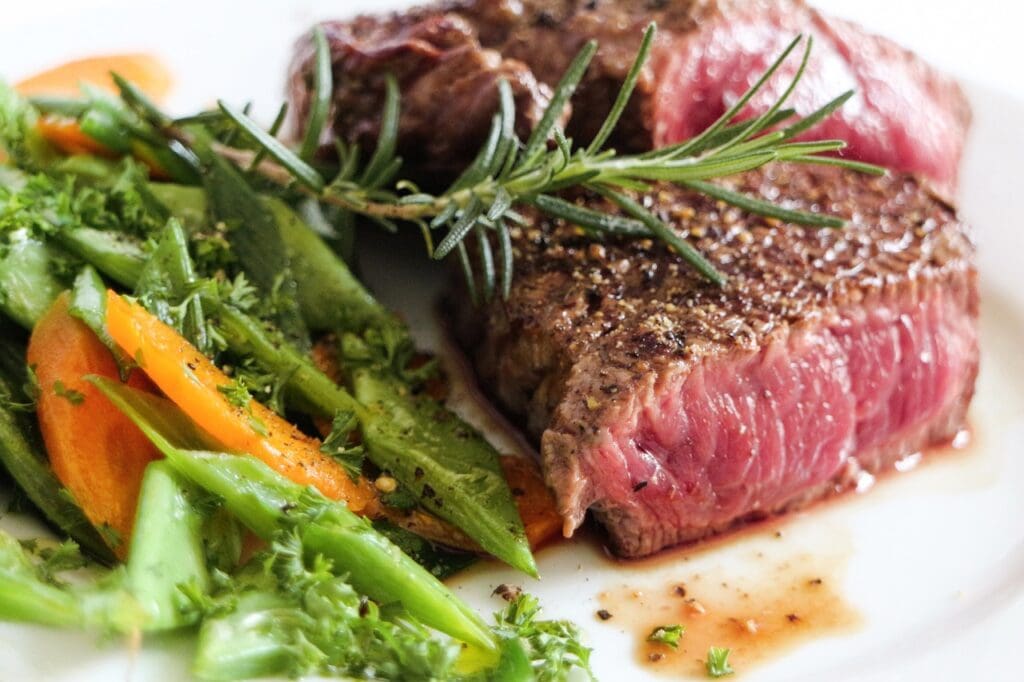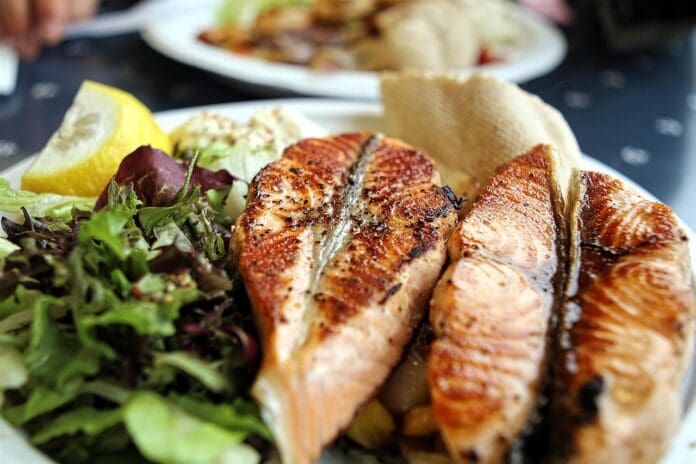Benefits of a Quality Nutrition Plan:
A quality nutrition plan is crucial for overall health and well-being, offering benefits like disease prevention, improved energy levels, and enhanced immune function, all while supporting healthy weight management. Balanced nutrition plays a vital role in these functions. All part of a balanced diet, healthful nutrition that includes essential nutrients for a healthy diet.
Here’s a More Detailed Look at Why a Quality Nutrition Plan is so Important:
Disease Prevention:
A balanced diet rich in fruits, vegetables, lean proteins, and whole grains can significantly reduce the risk of chronic diseases like heart disease, type 2 diabetes, stroke, and some cancers. Focusing on it can help achieve this.
Improved Energy Levels:
Eating a variety of nutrient-rich foods provides the body with the necessary fuel to function optimally, leading to increased energy and reduced fatigue. Undoubtedly ensuring balanced nutrition can sustain these energy levels.
Enhanced Immune Function:
A healthy diet supports a strong immune system, making the body better equipped to fight off infections and illnesses. Thus prioritizing it is essential for immune support.
Healthy Weight Management:
A balanced plan can help individuals achieve and maintain a healthy weight by providing the necessary nutrients while managing caloric intake. Quality nutrition is key to this balance.

Quality Nutrition and Improved Mental Health:
A balanced diet can positively impact mood and cognitive function, contributing to overall mental well-being. Healthful nutrition plays a part in improved mental health.
Better Digestion:
A diet rich in fiber and fluids can promote healthy digestion and prevent digestive issues. Besides, quality nutrition is vital for healthy digestion.
Stronger Bones and Muscles:
Adequate intake of calcium, vitamin D, and other essential nutrients is crucial for maintaining strong bones and muscles. Therefore focusing on quality nutrition ensures these needs are met.
Improved Skin, Hair, and Nails:
A healthy diet provides the body with the necessary nutrients to support healthy skin, hair, and nails. Healthful nutrition is key for this support.
Quality Nutrition and Longevity:
A healthy diet can contribute to a longer and healthier life by reducing the risk of chronic diseases and promoting overall well-being. Optimal nourishment can enhance this longevity.
Supports Healthy Pregnancy and Breastfeeding:
The World Health Organization (WHO) emphasizes the importance of good nutrition during pregnancy and breastfeeding for the health of both mother and child. It is crucial to focus on quality nutrition during these stages.
Helps with Recovery from Illness or Injury:
A well-balanced diet provides the body with the nutrients it needs to heal and recover efficiently. Optimal nourishment aids in faster recovery.
Quality Nutrition Summary:
A majority of people know great nutrition and physical activity can help maintain a healthy weight. But the benefits of great nutrition go beyond weight. Good nutrition may help: Reduce the risk of some diseases, including heart disease, stroke, diabetes, some cancers, and osteoporosis. Quality nutrition is at the core of these benefits.

